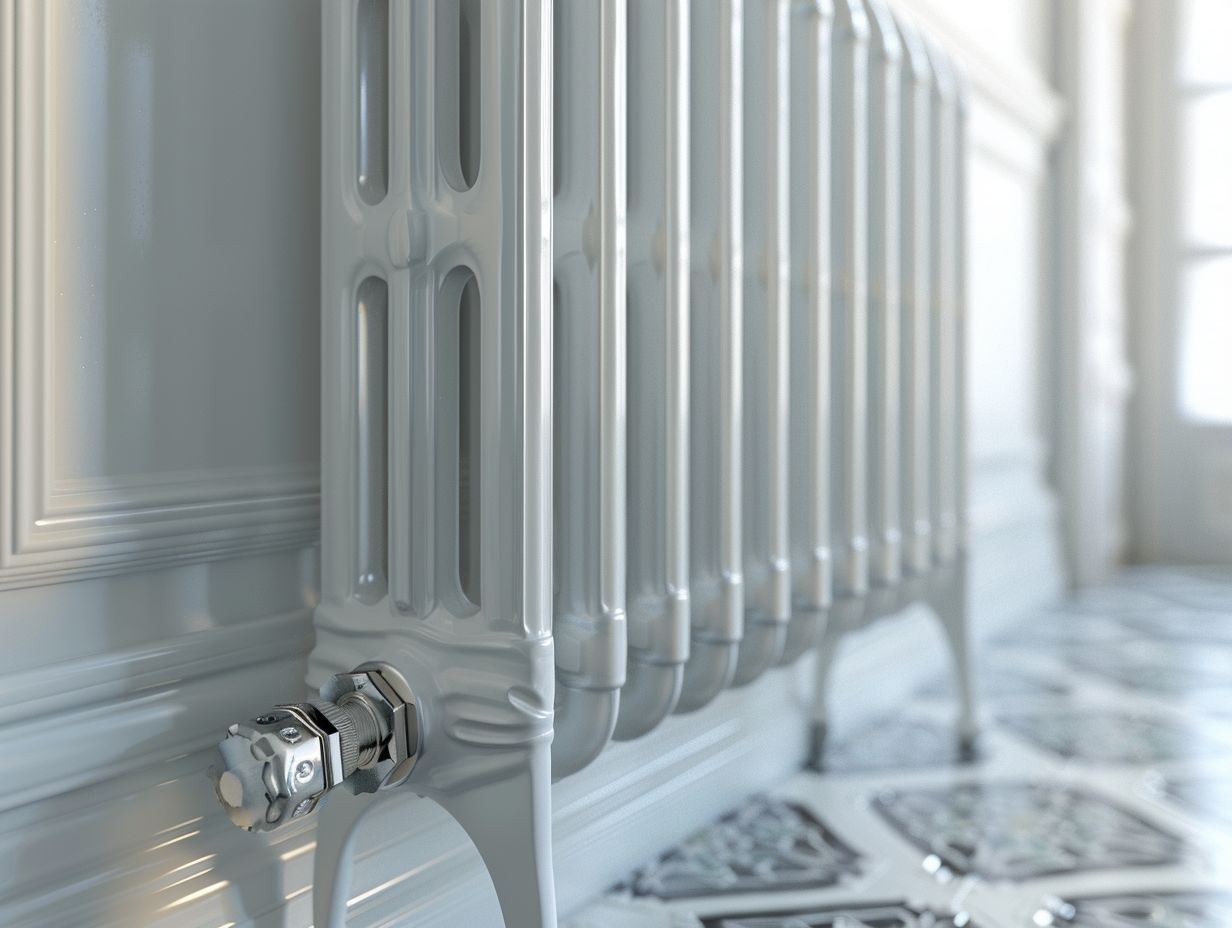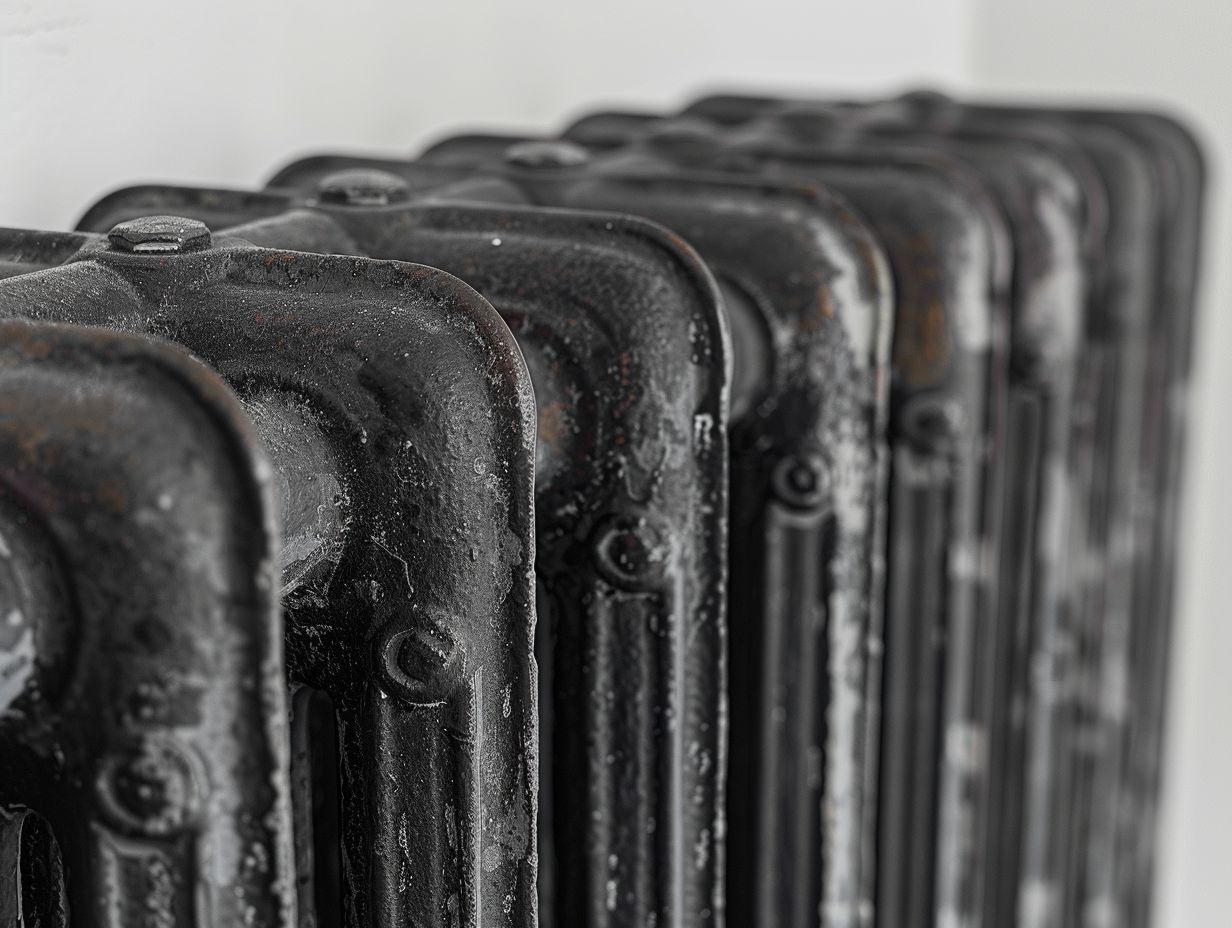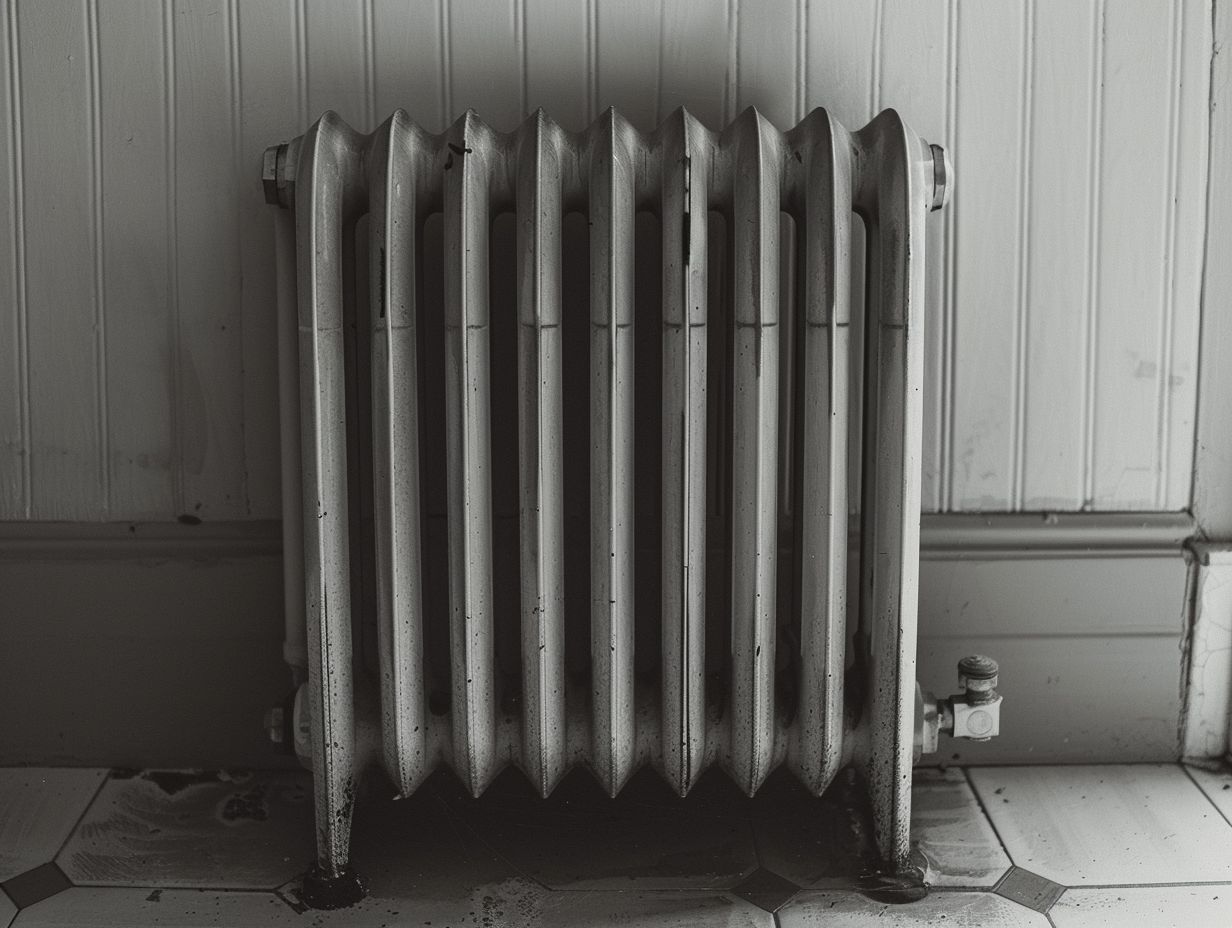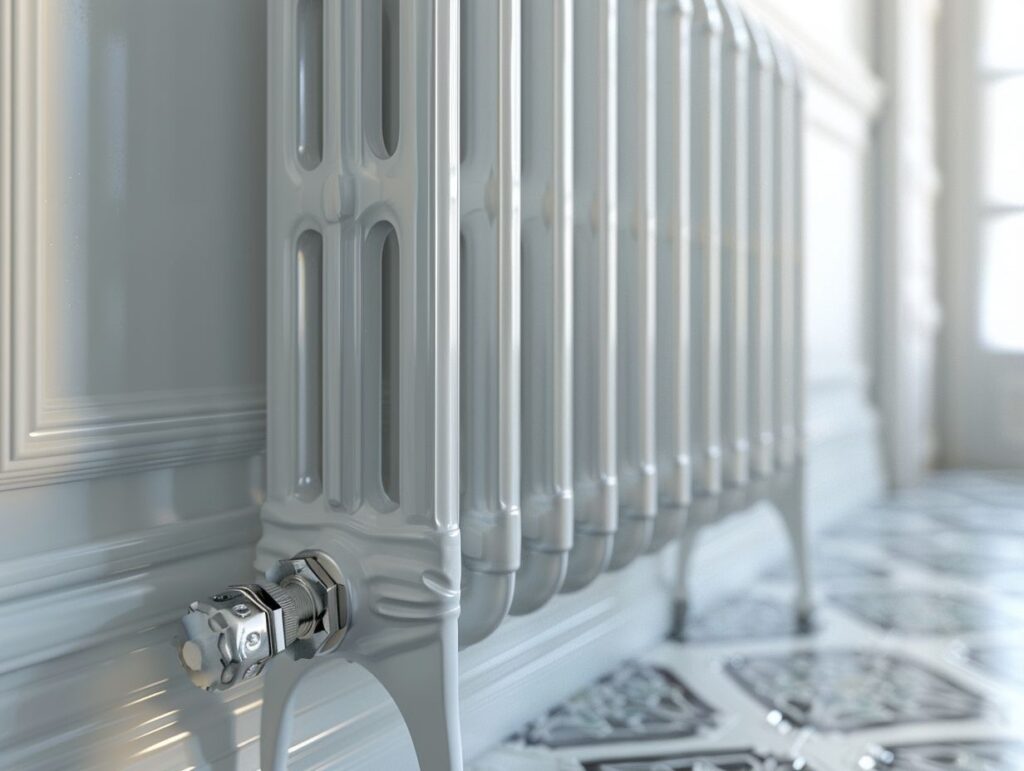Have you ever considered the feasibility of zoning traditional radiators to enhance the efficiency of heating in your home? The following discussion will delve into the concept of zoned heating and its applicability to traditional radiators. It will cover techniques for zoning traditional radiators, the advantages of zoned heating, and key factors to consider prior to transitioning.
Additionally, alternative heating solutions will be examined to broaden your options, along with insights on optimising your home heating system.
Key Takeaways:

- Traditional radiators can be zoned by using various methods such as thermostatic radiator valves or individual zone control systems.
- Zoning traditional radiators can improve heating efficiency and save on energy costs by allowing for better temperature control in different areas of the home.
- Before zoning traditional radiators, it is important to consider factors such as radiator compatibility, cost of installation, and potential limitations in certain areas of the home.
What is Zoned Heating?
Zoned heating is a system that allows different areas or zones of a building to have individual temperature control, offering personalised comfort and energy efficiency.
When implementing zoned heating, a building is divided into zones, with each area having its own thermostat and dampers to regulate heating independently. This setup enables occupants to adjust the temperature according to their preferences, eliminating the necessity to heat the entire property uniformly.
The ability to customise heating requirements for different spaces leads to reduced energy consumption and cost savings. Additionally, zoned heating resolves the common problem of rooms being either too hot or too cold, ensuring consistent comfort throughout the building.
Traditional Radiators and Zoned Heating
Traditional radiators have long been a prevalent fixture in residential settings, delivering warmth via a central heating system. When incorporated into zoned heating systems, these radiators can provide tailored heating solutions for various rooms or zones within a residence, optimising comfort levels and energy efficiency.
Compatibility and Limitations
When considering zoned heating for traditional radiators, you should evaluate the compatibility of your existing heating systems. Whilst zoned heating offers numerous benefits, there may be limitations in terms of installation complexity or additional equipment requirements.
One crucial factor to consider when determining compatibility is the age and condition of your existing radiators. Older radiator systems may not be able to handle the precise control of zoned heating, resulting in uneven heating distribution.
The layout of your home and insulation levels can also impact the effectiveness of zoned heating. You may need to invest in smart thermostats or control panels to properly manage different zones, which can increase the overall cost of retrofitting zoned heating.
It is essential to consult with HVAC professionals to assess the feasibility and potential challenges before making a decision.
How to Zone Traditional Radiators?

When you zone traditional radiators, you must install separate controls and systems that enable each radiator to function independently. By establishing heating zones with individual temperature settings, you can achieve maximum comfort and energy efficiency throughout your living spaces.
Methods for Zoning
There are several methods available for zoning traditional radiators, such as installing individual thermostats for each zone or utilising smart control systems that offer unique temperature settings. These methods allow for precise control over the heating in different areas of your house.
Using individual thermostats for each zone provides a more straightforward approach, enabling you to manually adjust the temperature in specific rooms.
On the other hand, smart control systems leverage advanced technology to learn preferences and adjust heating automatically. Traditional thermostats offer simplicity, while smart systems provide convenience and energy efficiency benefits.
As a homeowner, you can choose the method that best suits your needs and preferences to achieve optimal comfort and cost savings.
Benefits of Zoned Heating with Traditional Radiators
Using zoned heating through traditional radiators can provide you with a range of advantages, such as energy savings, reduced heating costs, and improved control of room temperatures. Furthermore, zoned heating has the potential to enhance the aesthetics of your home by offering efficient and customisable heating options.
Efficiency and Cost Savings
One of the key benefits of zoned heating with traditional radiators is the increased efficiency and cost savings it offers. By heating only the rooms that are in use and optimising energy usage, you can reduce waste and lower your heating bills significantly.
This way of heating allows you to customise the temperature levels of different areas in the house to suit your specific needs. For example, in a zoned heating system, you could set the bedrooms to a lower temperature during the day when they are not occupied, saving energy and money.
Similarly, unused guest rooms or storage areas can be kept at lower temperatures, avoiding unnecessary heating costs. By strategically managing heating zones, you can see noticeable reductions in utility bills while maintaining comfort levels.
Considerations Before Zoning Traditional Radiators

Before implementing zoned heating with traditional radiators, you should carefully consider factors such as:
- Room layout
- Temperature requirements
- Suitability of panel radiators
- Compliance with building regulations
These considerations are essential to guarantee a successful and compliant zoning installation.
Factors to Keep in Mind
When zoning traditional radiators, it is important to consider factors such as the specific heating requirements of areas like bathrooms, the positioning of thermostats for precise temperature control, and the calibration of system temperatures to guarantee optimal performance.
Bathrooms often have distinctive heating needs due to the presence of moisture and varying levels of insulation. Placing thermostats strategically in central locations can facilitate more efficient regulation of overall heat distribution.
Calibrating the system temperatures ensures that each radiator operates at its optimal capacity, preventing overheating or inadequate warmth in different rooms.
By attentively addressing these details, homeowners can establish a warm and comfortable environment while maximising energy efficiency.
Alternatives to Zoning Traditional Radiators
Plus zoned heating using traditional radiators, you, as a homeowner, may consider exploring alternative heating solutions like electric heaters. These contemporary options offer efficient and versatile heating solutions for various zones or rooms within a house.
Other Heating Options to Consider
Homeowners seeking heating alternatives to traditional radiators may want to consider exploring options such as Runtal radiators or cast iron radiators. These heating solutions offer unique styles, efficient heat distribution, and customisable settings to accommodate various preferences.
Runtal radiators are recognised for their sleek and contemporary design, providing not only functionality but also an opportunity to introduce an element of sophistication to any space.
Conversely, cast iron radiators are celebrated for their classic and timeless aesthetic, renowned for their durability and ability to retain heat over prolonged periods.
Plus Runtal and cast iron radiators, homeowners could also explore other heating options like electric baseboard heaters or underfloor heating systems. These alternatives offer effective heat distribution while fostering a comfortable living environment throughout the entirety of the home.
Frequently Asked Questions

Can Traditional Radiators Be Zoned?
Yes, traditional radiators can be zoned by using a thermostatic valve or a smart radiator thermostat.
What is zoned heating?
Zoned heating is a heating system that allows you to control the temperature of individual rooms or areas of your home independently.
How can I zone my traditional radiators?
You can zone your traditional radiators by using a thermostatic valve or a smart radiator thermostat. These devices allow you to adjust the temperature in each room or area separately.
What are the benefits of zoning my traditional radiators?
Zoning your traditional radiators can help you save energy and reduce your heating bills by only heating the rooms that are in use. It also allows for personalised comfort in different areas of your home.
Can I zone my traditional radiators myself?
Yes, you can easily zone your traditional radiators yourself by installing thermostatic valves or smart radiator thermostats. However, if you are not comfortable with DIY projects, it is best to hire a professional to do it for you.
Are there any disadvantages to zoning my traditional radiators?
One potential disadvantage is the initial cost of installing zoned heating systems. However, the long-term energy savings and comfort benefits often outweigh the initial investment.

